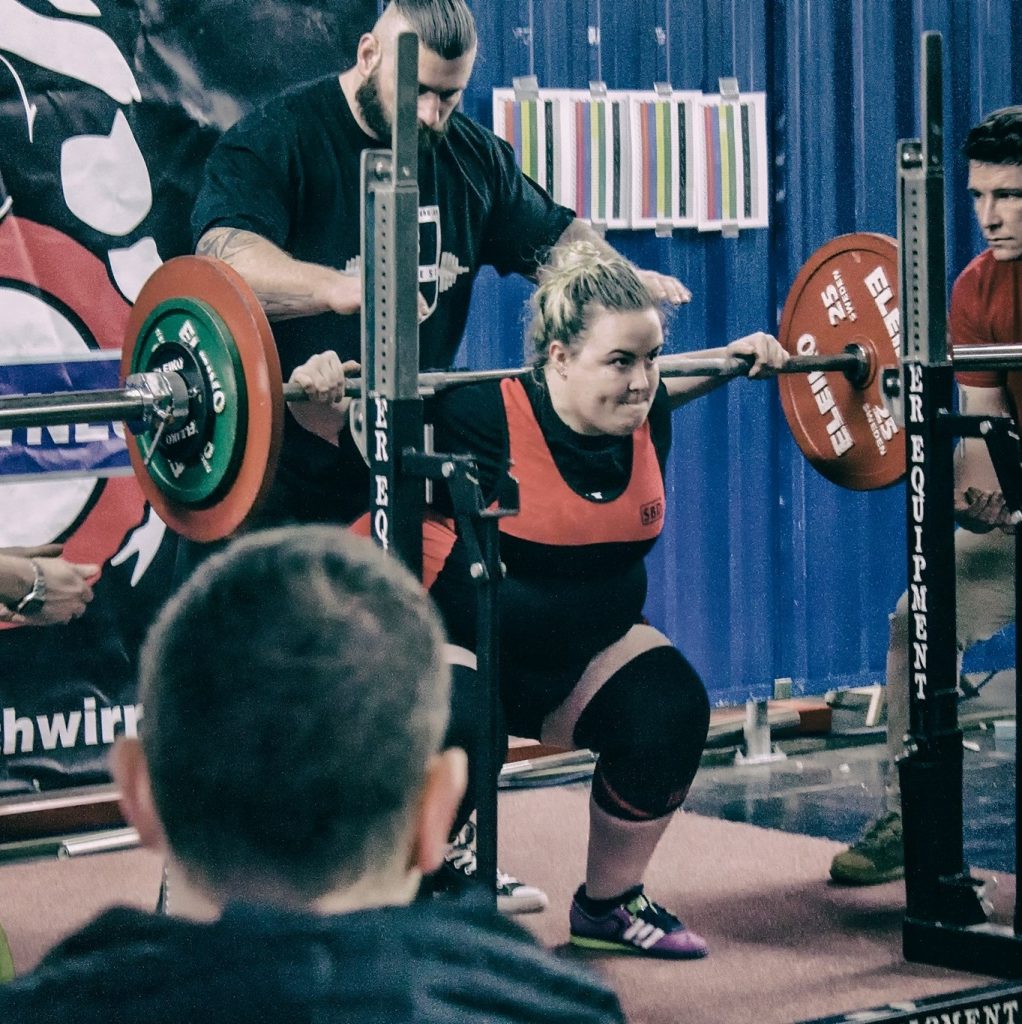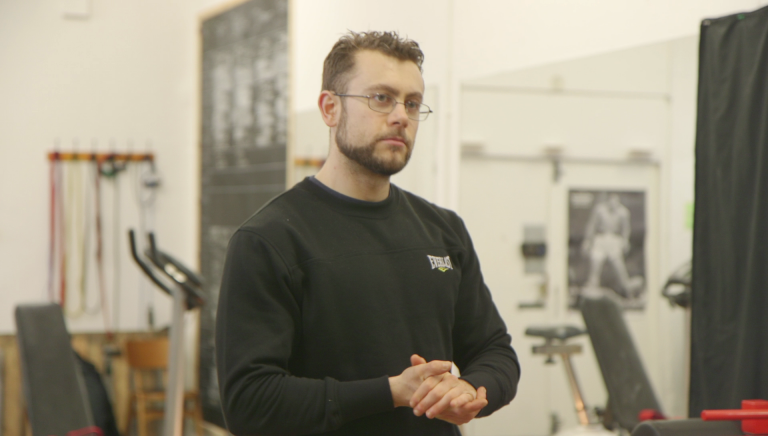Does Powerlifting Combat Heart Disease?

We all know just how beneficial powerlifting training can be for strengthening our muscles and tendons, not to mention the mental health benefits; but what about the effect on our hearts? Powerlifting, and strength training in general is especially beneficial for your heart. In this blog post, we will explore some of the benefits of powerlifting training to help prevent coronary heart disease.
What is Coronary Heart Disease (CHD)?
Coronary heart disease (CHD) is a condition where the arteries that supply blood to the heart become narrowed or blocked by fatty deposits called plaque. This can reduce the blood flow to the heart and cause chest pain, shortness of breath, or even a heart attack. CHD is one of the leading causes of death worldwide, and it can be influenced by many factors, such as genetics, diet, smoking, and physical activity.
One of the ways to prevent or reduce the risk of CHD is to exercise regularly. Exercise can improve your heart health by lowering your blood pressure, cholesterol, and blood sugar levels, as well as strengthening your heart and blood vessels. However, not all types of exercise are equally effective for preventing CHD. Some studies have suggested that strength training, such as powerlifting, may have more benefits than aerobic exercise, such as running or walking.
According to a study by Lee et al. (2018), lifting weights for less than an hour a week may reduce your risk of CHD by 40 to 70 percent, regardless of how much aerobic exercise you do [1]. The researchers analysed data from nearly 13,000 adults and found that those who did any amount of strength training had lower rates of CHD, stroke, and death than those who did none. They also found that spending more than an hour in the weight room did not yield any additional benefit.
Another study by Westcott et al. (2019) compared the effects of strength training and aerobic exercise on cardiovascular risk factors in older adults [2]. They randomly assigned 40 participants to either a strength training group or an aerobic exercise group for 10 weeks. Both groups exercised three times a week for about 45 minutes each session. The results showed that both groups improved their blood pressure, cholesterol, and body composition, but the strength training group had greater improvements than the aerobic exercise group.

Jenni Crimmins performing a back squat at competition. The back squat being one of the big three powerlifting exercises.
So, how does powerlifting help prevent CHD?
There are several possible mechanisms that explain how powerlifting, or strength training can improve your heart health. Some of them are:
- Strength training increases your muscle mass and metabolism, which helps you burn more calories and fat, reducing your body weight and waist circumference [3].
- Strength training improves your insulin sensitivity and glucose tolerance, which helps you regulate your blood sugar levels and prevent diabetes [3].
- Strength training reduces your resting heart rate and blood pressure, which lowers the strain on your heart and arteries [4].
- Strength training enhances your blood flow and oxygen delivery to your muscles and organs, which improves their function and efficiency [5].
- Strength training stimulates the production of nitric oxide, a molecule that relaxes and widens your blood vessels, improving their elasticity and preventing plaque formation [5].
As you can see, powerlifting and strength training can provide many benefits for your heart health and help prevent CHD. However, before you start lifting heavy weights you should consult your doctor and speak to a professional strength training coach who will be able to guide you as you take your first steps. You should also warm up properly, use good form and technique, and rest adequately between sessions. Powerlifting is not for everyone, but can be, so if you enjoy it and do it regularly, you may reap its rewards for your heart and overall health.
Strength Director’s take
Powerlifting and strength training have been crucial in helping me stay in good shape for years; I’ve never had any health implications by way of resistance training, my only implications have come by way of injury and by making mistakes in my youth! As I begin to age it’s imperative I keep strength training in my exercise regimen as a preventative measure for the typical ailments that affect us as we get into our 40s, 50s and beyond.
So, if you want a strong heart, muscles, tendons, joints and ligaments look no further than strength training; and by the way, it’s never too late to get started… my mum, in her 60s now has just started resistance training having never touched a weight in her life and is already feeling the benefits!
You can seek guidance from our coaching team as part of our 2 week trial. Apply here.
References:
[1] Lee DC et al. (2018). Association of Resistance Exercise With Cardiovascular Disease Morbidity and Mortality. Medicine & Science in Sports & Exercise 51(3):499-508.
[2] Westcott WL et al. (2019). Effects of Resistance Exercise Versus Aerobic Exercise on Blood Pressure: A Randomized Controlled Trial. Journal of Clinical Exercise Physiology 8(1):7-14.
[3] Healthline (2021). 14 Benefits of Strength Training, Backed by Science. https://www.healthline.com/health/fitness/benefits-of-strength-training
[4] Everyday Health (2019). Strength Training May Be Important for Lowering Risk of Heart Disease and Diabetes, Study Suggests. https://www.everydayhealth.com/fitness/strength-training-found-lower-heart-disease-diabetes-risk-whether-not-you-cardio/
[5] Johns Hopkins Medicine (n.d.). Exercise and the Heart. https://www.hopkinsmedicine.org/health/wellness-and-prevention/exercise-and-the

